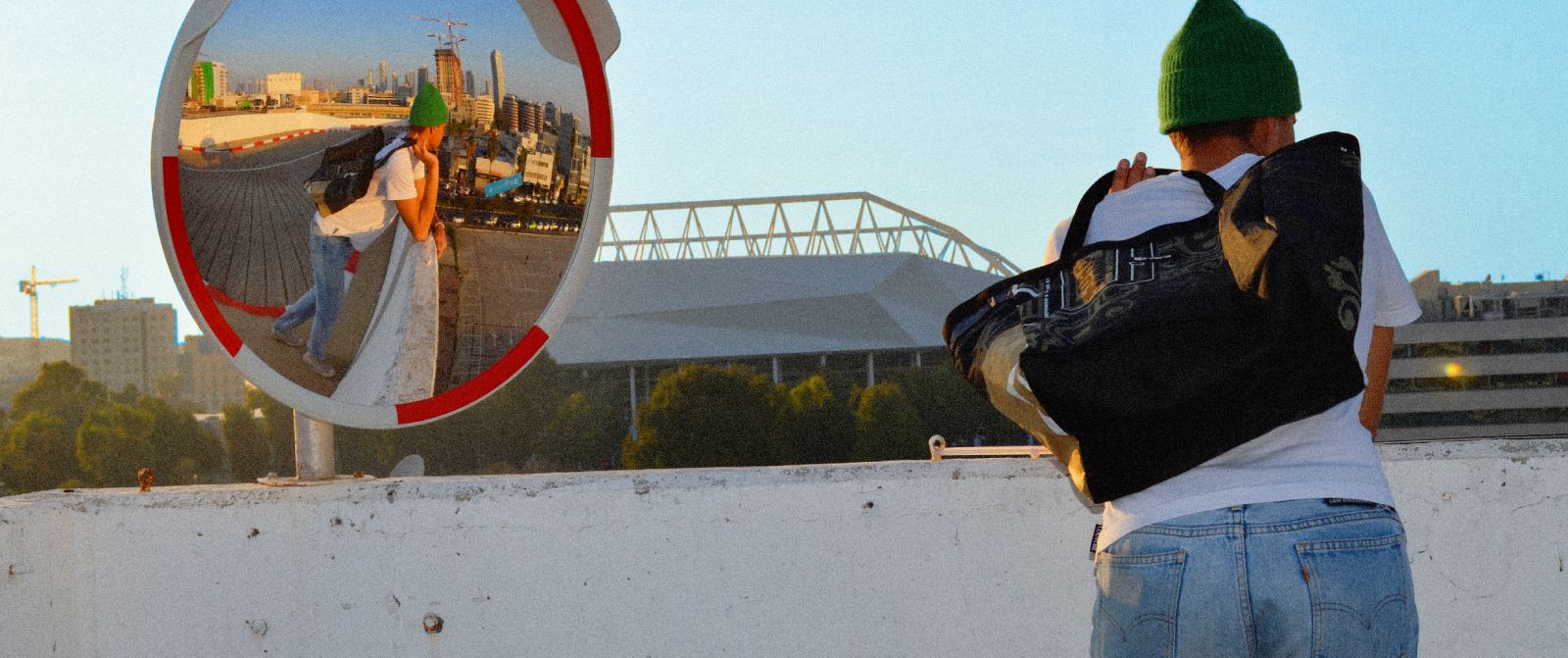A sustainable fashion guide
The terminology around sustainable fashion can feel confusing. Here’s what to look out for if you want to buy better.
Lately, shoppers have been faced with more decisions than ever when it comes to clothing and where to buy from, but one of the biggest dilemmas comes from confusion around the language of sustainability. Of course, the information on the label can sometimes be confusing and misleading, and there’s a lot of new language to get your head around. So, here’s a handy guide to help you figure out the difference between ethical and sustainable, and the importance of understanding the environmental and social impact of the items you purchase.
Ethical usually refers to the treatment of people. Are the workers paid a living wage? Are they given proper breaks? Is everyone of proper age? Does the company add positively to the communities in which it produces and help them to thrive? Some also use the term “ethical” to refer to cruelty-free products. Unfortunately, terms such as “ethical leather” and “faux fur” aren’t always ethical for the humans that produce them and often these products do not biodegrade easily either. Can a product using PVC really be ethical if the workers who produce the PVC get sick? The best way to figure out how ethical a brand is to see how much information it puts out about the treatment of the workers who produce its garments. If there is a brand you love and you’re curious about worker treatment, send a message or email and ask what the lowest wage is in its manufacturing process.
Cruelty-free refers to animal welfare and whether any animals were hurt or harmed during the production of the garment. In fashion, it also means that the product contains no animal byproducts, but on beauty products it means the finished product wasn’t tested on animals. If you want an item that is free of animal byproducts in regards to beauty, you need to look for a vegan product. But that doesn’t necessarily mean the manufacturing process of the item is cruelty-free for humans (for example: faux leather and fur products). There are a number of cruelty-free leather options in development made from natural byproducts such as pineapple skin, but they aren’t yet widely available. Organic (in regards to materials) refers to natural fibres being grown and produced without the use of highly toxic materials such as chemical pesticides in the growing process. Cotton is probably the most common organic fibre you can buy, but it is also possible to find organic hemp, silk and jute, to name just a few. Organic cotton has come under criticism, however, because it requires a lot more water and irrigation than conventional cotton. However, pesticides that go into conventional cotton wreak havoc on the environment, as well as the health of humans who drink from water supplies nearby. The solution isn’t to discount organic cotton, it’s for all of us to consume less cotton in general.
Conscious fashion is often used synonymously by the fashion industry with “ethical”, “sustainable” or “eco” fashion. It’s a bit of a catchall phrase that ends up being popular with brands that greenwash. However, there are brands with the word “conscious” in their name where the sustainability credentials do check out, so don’t be deterred. A brand that has nothing to hide will have its sustainability record clearly displayed on its website.
Fair trade is a partnership that refers to marginalised producers getting a fair wage for their product when it is sold in more affluent countries. Prices for fair-trade materials must never fall below market price. Fair trade has principles such as fair payment and ensuring good working conditions, which fair trade-certified clothing producers are encouraged to follow. The problem with fair trade is that it’s not a perfect solution for regulating the fashion industry. There are multiple fair-trade websites and getting a straight answer about fair-trade fashion often feels impossible. There are other regulations for clothes, such as Global Organic Textile Standard, Cradle to Cradle or the Better Cotton Initiative, that can be more helpful when looking at sustainability and ethics in fashion, but it can often be better to research a company and learn how it operates, rather than rely on a certification. Even if a brand is awarded every certificate under the sun, it will still be a significant polluter if it is making 500 garments a minute.
Sustainable refers to the effect that production of a garment has on the world around us. How is it taken from the earth and how will it return to the earth? How much waste is involved in the manufacturing process? If it never biodegrades, it’s not truly sustainable. Sustainable products should always return as food. Brands that make more sustainable products tend to use natural or recycled fibres in their creations. It’s all about producing in a way that harms the planet the least.
Slow fashion is the antithesis of fast fashion. It is high-quality garments that are designed with a long-term lifecycle in mind. In a perfect world, every item we bought would be slow fashion – but that would require us to no longer subscribe to a trend-driven market. Until the biggest fast-fashion producers in the world stop making so many garments so quickly (which, of course, means a smaller profit margin), they won’t be slow or sustainable. Instead of buying into fast-fashion, research small labels and lend your support to those that are doing things the right way. Slow-fashion brands tend to avoid being trend-driven and instead focus on classic pieces that will stand the test of time.
Greenwashing is when a brand makes claims about something being ethical or sustainable that, upon further inspection, turn out to be false or exaggerated. An example of greenwashing is a brand claiming that a dress is eco-friendly because it’s made of eco wool, when in fact it contains just 4% eco wool, along with other, less sustainable materials. Another example would be a brand loudly advertising a collection of 20 sustainable pieces while its inventory contains thousands of garments that aren’t sustainable. Unfortunately, most big fast-fashion brands claiming sustainability credentials are guilty of greenwashing since they tend to produce too much product as a whole (some of which will remain unsold at the end of the season, when it becomes an additional environmental hazard).
Here at KitePride, we are proudly ticking the box`s. check out our range below.



